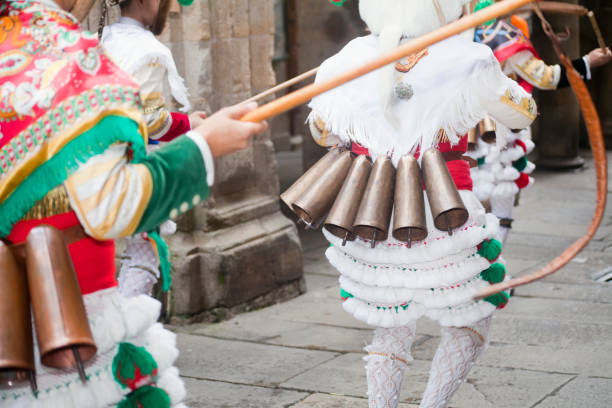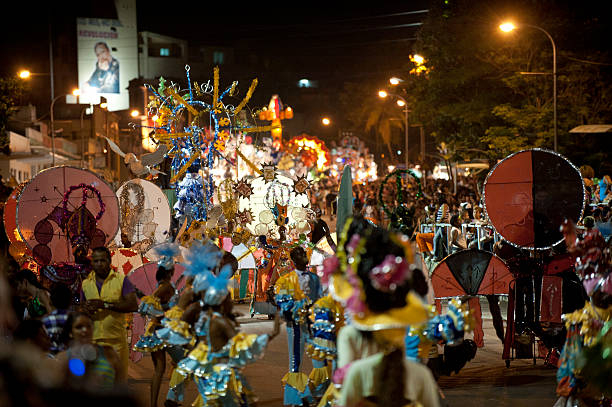Carnival, Santiago

The Santiago de Cuba carnival is raucous and ruleless, and it's the place to grind and twerk with your loved one till the early hours. Don't miss the massive conga march on the first day of carnival celebrations. Whatever neighborhood you're in, you'll have the opportunity to grip a stranger's hips and kick your legs out in tandem. A wide range of interests and influences have colored the history of Carnival in Cuba. A quick study based on a Herskovitsian retention model may emphasize a continuous historical relationship with Africa. However, carnival cannot be described solely in terms of its African origins.
Many carnival customs and festivities are purposefully and explicitly designed to link to a construct of Africans that has developed from over a century of heterogeneous Cuban history. The parades or street performances of comparsas are the most important representations of the mamarrachos and the modern-day carnaval of Santiago. Comparsa derives from the Italian comparire, which means "to appear briefly," as in a walk-on role in a play. It can also refer to a group of street musicians and dancers that play in the streets during (pre-Lenten) carnivals or other celebrations. Carnival has always been a manifestation of shifting power dynamics among many sections of Cuban society.








